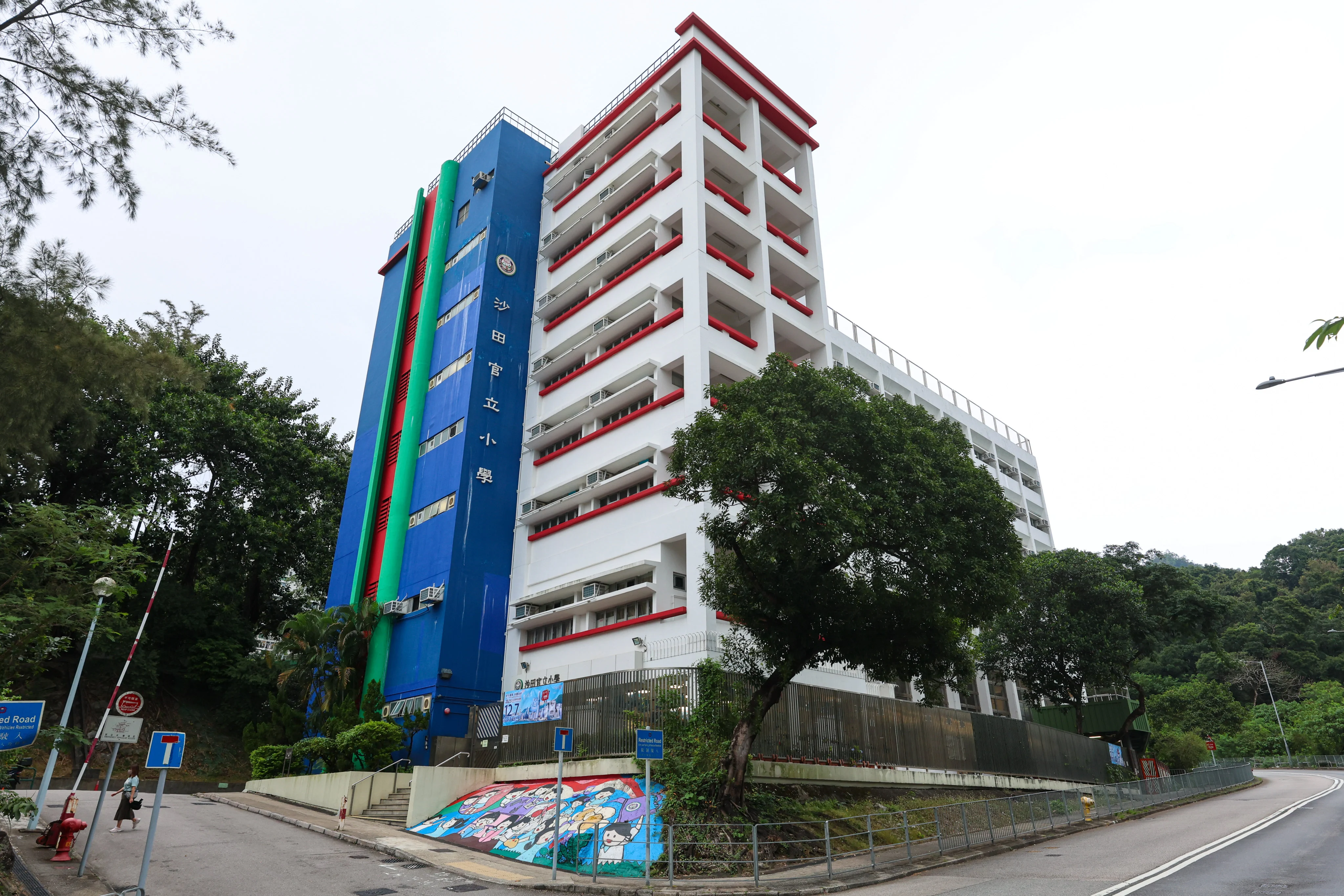Copyright scmp

An unprecedented decision by a government-run primary school in Hong Kong to allow pupils to use simplified Chinese characters in tests and examinations has sparked a backlash, with more than 200 parents signing a petition opposing what they described as an “unfair” arrangement. The Education Bureau, which sponsors Shatin Government Primary School, said it had reminded the school that it must fully consult stakeholders before revising its assessment policy. A parent representative accused the school of disregarding parents’ opinions by preventing them from expressing disagreement through its circular. On Monday, the school issued a circular to parents via its electronic platform, announcing that Primary Two to Six pupils would be allowed to use simplified Chinese characters in their tests and examinations to “cater to the increasingly diverse learning needs of our students”. “This arrangement aims to provide a more friendly assessment environment for students with mainland backgrounds or those accustomed to using simplified Chinese characters, while also giving local students the opportunity to learn about the two Chinese writing systems, thereby enhancing their reading and communication skills,” the school said. “Students using simplified Chinese characters will not be penalised or have their grades affected by the font, but they must ensure their handwriting is clear to avoid misunderstandings due to illegible writing.” Chinese characters can be written in either simplified or traditional forms. Hong Kong uses traditional Chinese, while mainland China adopts the simplified form. Simplified characters contain fewer strokes, so they generally take less time to write than their traditional equivalents. The school said pupils could gain a more comprehensive mastery of Chinese and lay a solid foundation for future learning and development by “understanding and respecting differences.” It stressed, however, that traditional characters would remain the main form used in its Chinese curriculum. A parent surnamed Tsang told a radio programme on Thursday that allowing students to use simplified Chinese was unfair, adding that more than 200 parents had jointly signed a petition expressing their opposition to the school. “Students using simplified Chinese and traditional Chinese competing with each other, allowing students to write simplified characters would let them write and finish the exam quickly, those using traditional Chinese would have comparatively less time to check their test paper and answer the questions,” she said. In Hong Kong, three internal examinations in Primary Five and Six determine the ranking of pupils into three bands, which affect their priority in choosing secondary schools. Tsang criticised the school for deliberately ignoring parents’ views, saying it failed to announce such an important revision to its assessment policy at a parents’ meeting on October 25. “With such a massive change in its policy, shouldn’t it have told parents on that day? I think the school intentionally skipped us and does not let parents express our views,” she said. She and other parents speculated that the policy change was intended to accommodate around 10 newly admitted pupils in Primary Five. “We parents heard these 10-odd new students had got their characters wrong in an earlier assessment, most of them were newly admitted to Primary Five,” she said, but did not specify whether those pupils were from the mainland. She said she had filed a complaint to the bureau, and questioned how the school could bypass the parent-teacher association and the school council in revising its policy. She also cited bureau staff who described the new arrangement as “not ideal”. According to Tsang, the bureau told her the school had already reached consensus with parents. “What is the consensus? Is it only because we signed the circular?” she said, criticising the school for preventing parents from expressing dissent in the electronic circular, which only allowed them to sign to acknowledge receipt and confirm cooperation. She added that bureau staff told her the school was concerned some students would score zero marks if they wrote too many characters incorrectly in traditional Chinese during assessments. A spokeswoman for the bureau said whether schools allowed students to use simplified Chinese in exams, tests or exercises depended on their individual circumstances and cannot be generalised. However, she said the bureau had reminded the school that it must fully consult and explain to stakeholders, ensuring parents understood any revisions to assessment policy.



